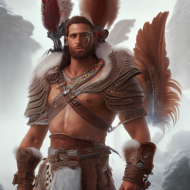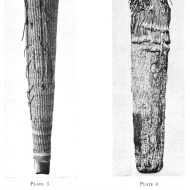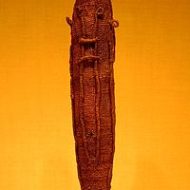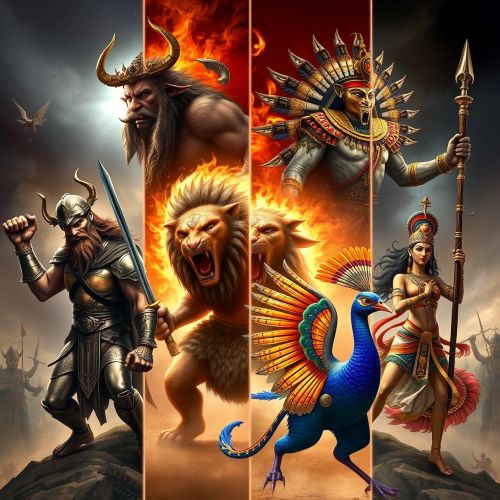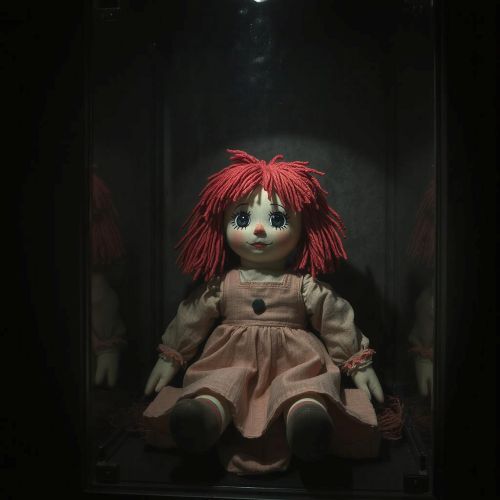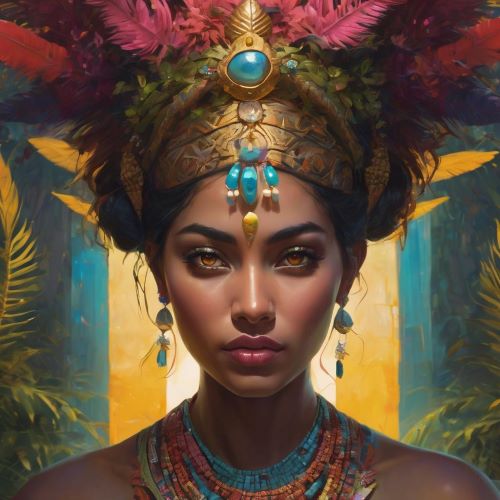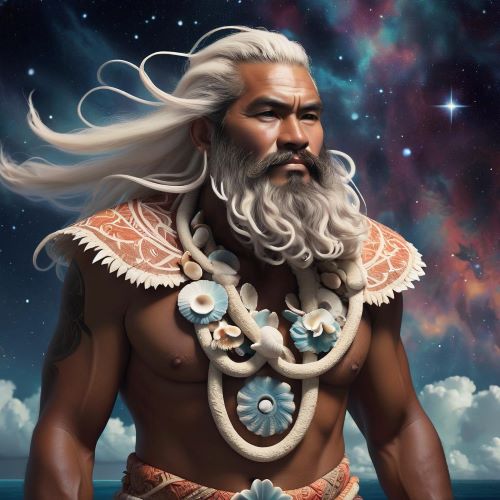Oro : The God of War
Listen
At a glance
| Description | |
|---|---|
| Origin | Tahitian Mythology |
| Classification | Gods |
| Family Members | Ta’Aroa (Father), Hina (Mother), Toi-mata, Ai-tupuai, Mahu-fatu-rau (Daughters), Hoa-Tapu (Son) |
| Region | Tahiti, Cook Islands, Society Islands |
| Associated With | War |
Oro
Introduction
In the mythology of the Society Islands, Oro holds the esteemed position of the god of war and the guardian of the people. While the reverence for Oro took on diverse forms across the distinct societies of the Society Islands, including Tahiti, Moorea, Raiatea, and Tahaa, it emerged as a prominent religious belief during the 17th to 18th centuries. The rituals of the clandestine Arioi society were intricately connected to this deity.
Physical Traits
The gods of the Pacific Islands manifest in two distinct forms: “Ata” and “Too.” Ata takes the shape of a natural object sought out by humans to symbolize the incarnation of the deity. Conversely, Too is a man-made object, typically crafted from stone or wood.
In Tahiti, the divine representation took the form of an effigy crafted from coconut fiber. Encased in a wooden structure resembling a mace-shaped body, the deity’s various symbols, including yellow and red feathers, were carefully nestled within the layers of coconut fiber. This sacred effigy was housed on a consecrated platform and underwent regular re-clothing ceremonies.
Family
Oro, born to Ta’aroa and Hina, fathered three troublesome daughters known for their distinctive names reflecting their nature: Toi-mata (Axe Eye), Ai-tupua (Head Eater), and Mahu-fatu-rau (Escape from a Hundred Stones). In contrast, his son Hoa-Tapu bears a more favorable name, signifying a Faithful Friend.
In the pursuit of marriage, Oro crafted a rainbow spanning between earth and heaven, embarking on a journey to Red-ridged Mountain. There, he encountered and married the daughter of Ta’ata, who bore him a son named Hoa-ta-tabu-iti-te-ra’i. Additionally, three daughters, Toi-mata, Ai’tupua, and Mu-fatu-rau, were born from this union.
Other names
In the Cook Islands, Oro manifested with a distinct personality as the offspring of Tangaroa and an ancestor of the Rarotongan People. Conversely, in the Marquesas Islands, Oro was known by the name Mahui.
Powers and Abilities
In Tahitian mythology, Oro is recognized as the god of war, reveling in combat and requiring human sacrifices in times of conflict. Nevertheless, during periods of peace, he is revered as a deity associated with harmony and tranquility.
Modern Day Influence
Oro, serving as the patron of the Areoi cult, receives worship from its adept members, who excel in entertainment and artistic endeavors. The Areoi conduct diverse festivals and present offerings to honor this deity.
Related Images
Frequently Asked Questions
What is lorem Ipsum?
I am text block. Click edit button to change this text. Lorem ipsum dolor sit amet, consectetur adipiscing elit. Ut elit tellus, luctus nec ullamcorper mattis, pulvinar dapibus leo.
What is lorem Ipsum?
I am text block. Click edit button to change this text. Lorem ipsum dolor sit amet, consectetur adipiscing elit. Ut elit tellus, luctus nec ullamcorper mattis, pulvinar dapibus leo.
What is lorem Ipsum?
I am text block. Click edit button to change this text. Lorem ipsum dolor sit amet, consectetur adipiscing elit. Ut elit tellus, luctus nec ullamcorper mattis, pulvinar dapibus leo.
What is lorem Ipsum?
I am text block. Click edit button to change this text. Lorem ipsum dolor sit amet, consectetur adipiscing elit. Ut elit tellus, luctus nec ullamcorper mattis, pulvinar dapibus leo.
What is lorem Ipsum?
I am text block. Click edit button to change this text. Lorem ipsum dolor sit amet, consectetur adipiscing elit. Ut elit tellus, luctus nec ullamcorper mattis, pulvinar dapibus leo.

